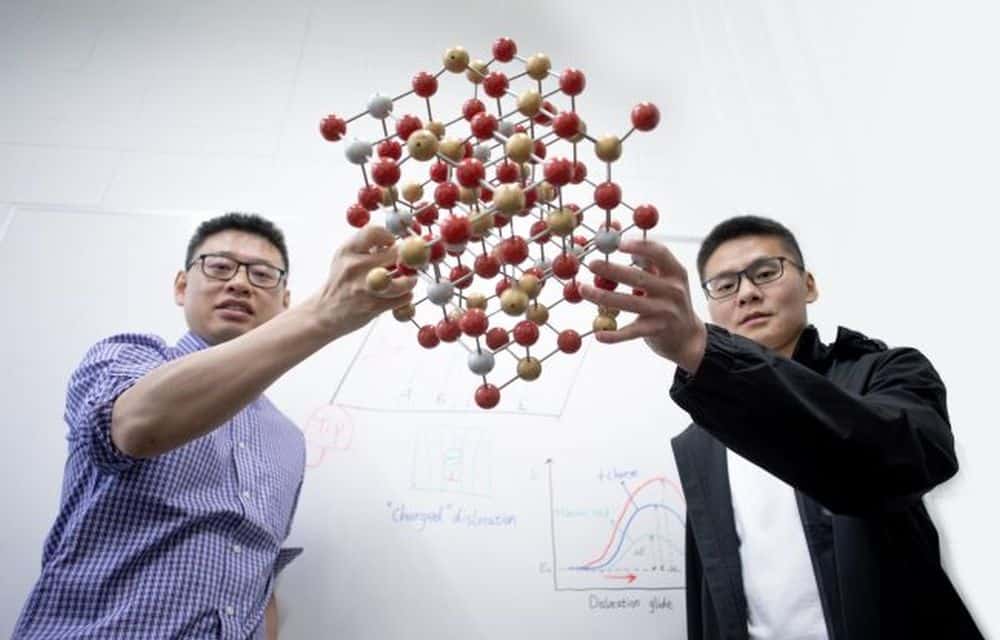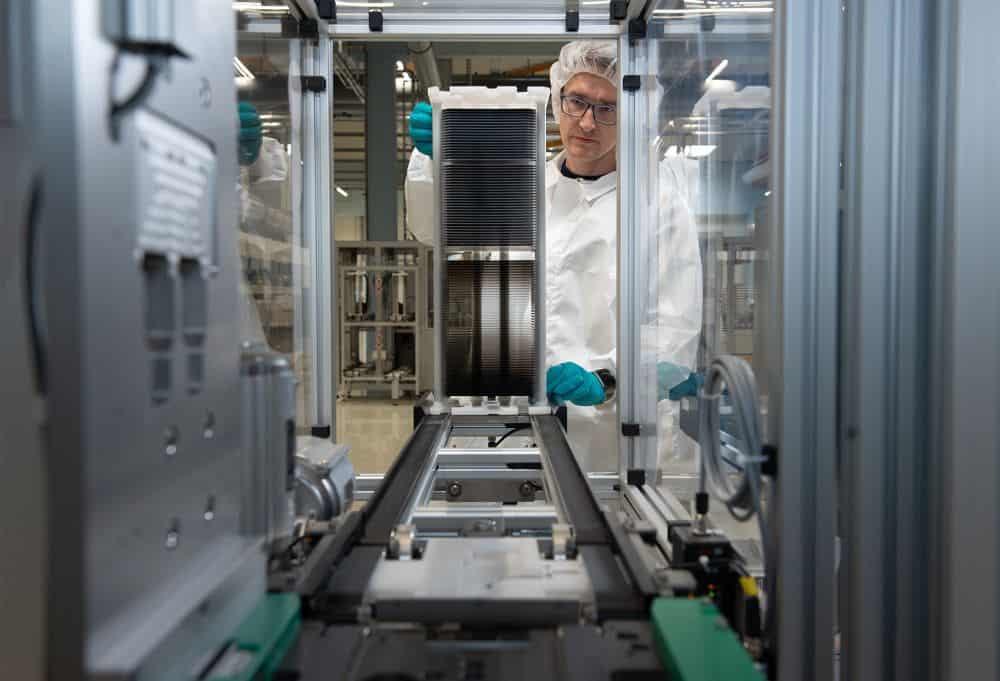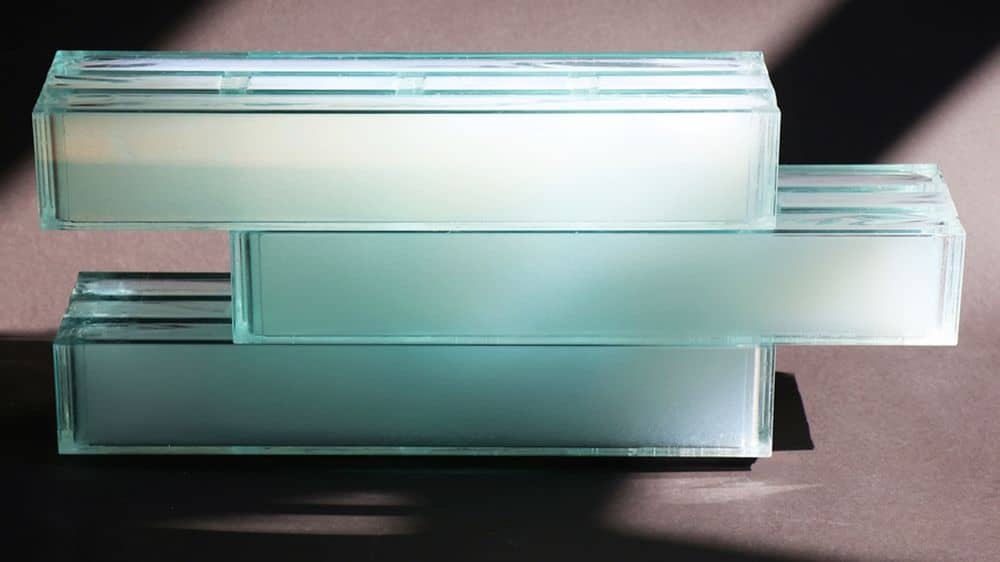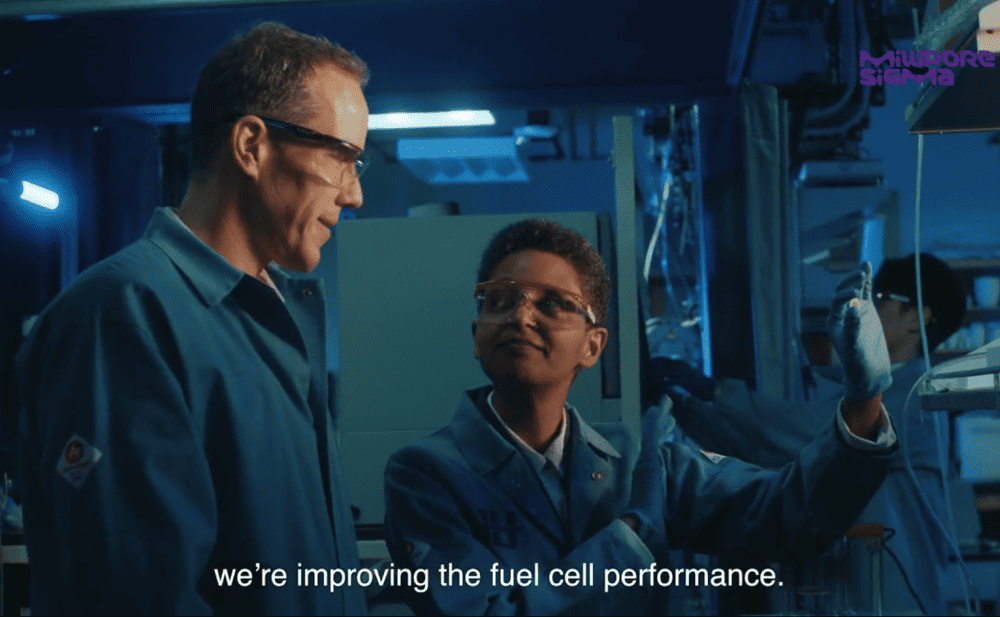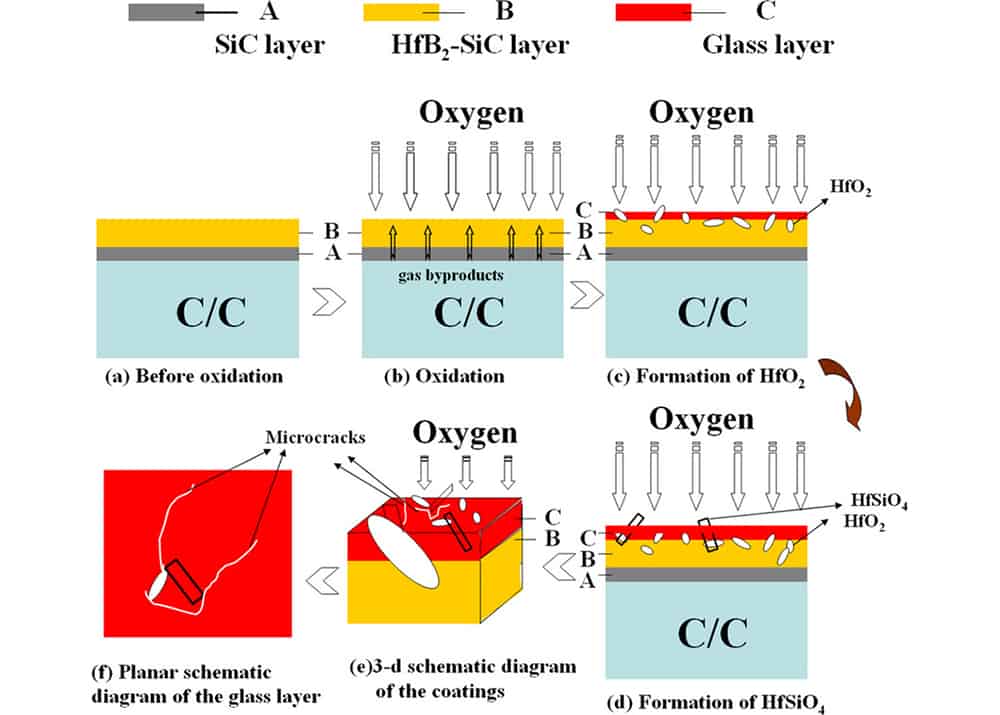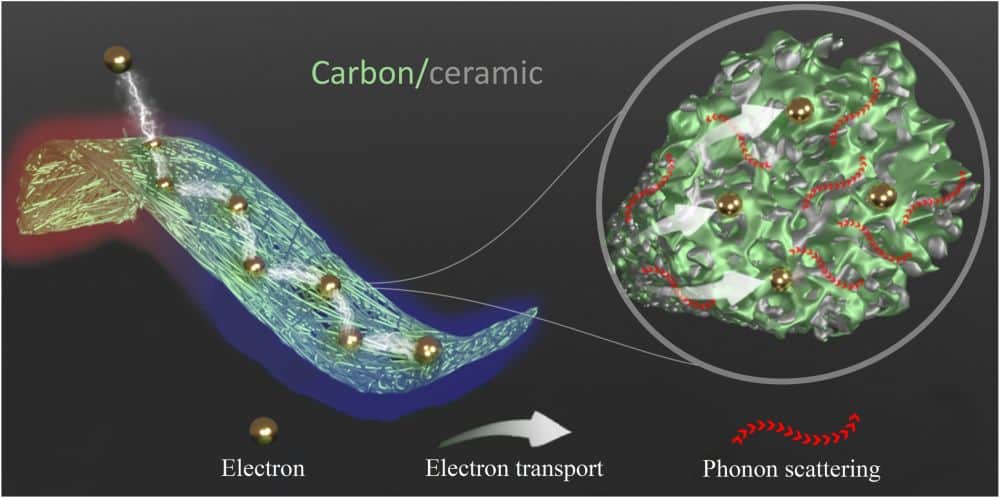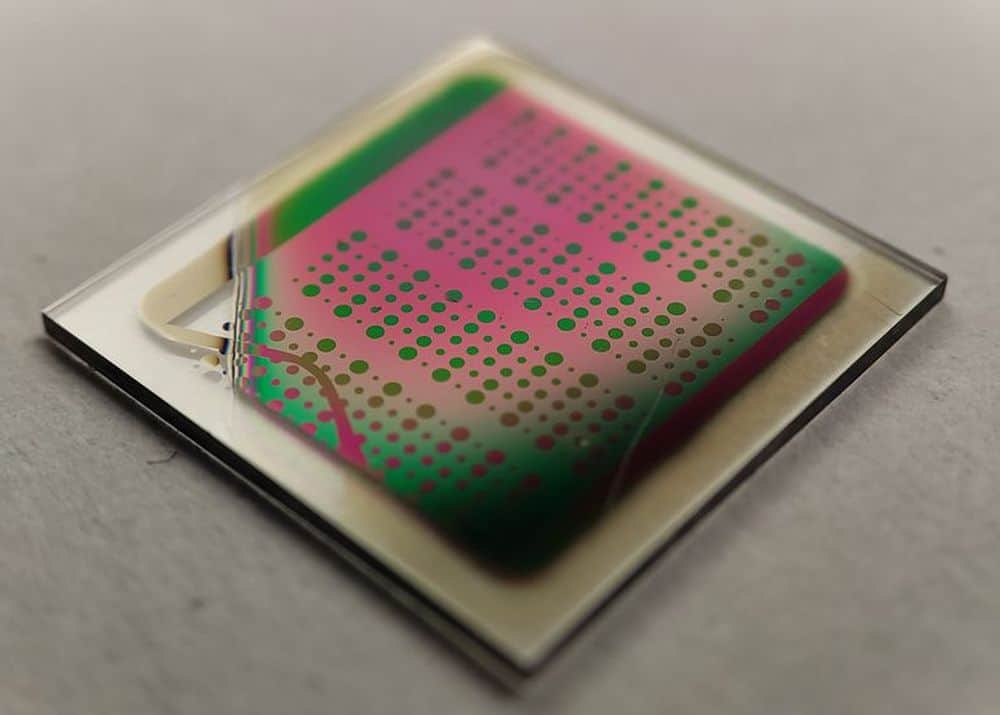While some studies have demonstrated that electric fields and light exposure can affect the motion of dislocations in ceramics, the principal driving force of motion in these cases was mechanical stress. Now, an international group of researchers showed dislocation motion in a single-crystalline zinc sulfide can be controlled using only an external electric field.
Read MoreThe potential of perovskites as a photovoltaic material, both in combination with silicon and alone, is gaining steam. This CTT overviews some of the biggest advancements in this field in recent months.
Read MoreCadmium telluride solar cells are the second most common photovoltaic technology globally after crystalline silicon. Today’s CTT looks at recent funding initiatives and commercial expansions to accelerate the impact of this maturing technology.
Read MoreGlass block walls can be a desirable way to maximize natural light exposure in a building, but their thermal properties do not allow for the best energy efficiency. Researchers at Empa, the Swiss Federal Laboratories for Materials Science and Technology designed aerogel-filled glass bricks that are translucent as well as thermally insulating and strong.
Read MoreThe June/July 2023 issue of the ACerS Bulletin—featuring unusual properties of ceramics—is now available online. Plus—new C&GM.
Read MoreThere are many challenges to realizing a hydrogen economy that occur all along the supply chain. One challenge—converting the carrier molecule ammonia back into hydrogen—could be solved using solid acid fuel cells. ACerS Fellow Sossina Haile first developed this type of fuel cell in the late 1990s. Today’s CTT looks at Haile’s 20-year journey with her first Ph.D. student, Calum R. I. Chisholm, to realize the potential of this technology.
Read MoreTo celebrate the milestone of the 20th volume of the International Journal of Applied Ceramic Technology, the editorial team assembled a selection of journal papers representing the excellent work from the advanced ceramics community. The focus this month is ultrahigh-temperature ceramics.
Read MoreAs new energy conversion and miniaturized electronic systems are developed, it is desirable to have a material that exhibits both extremely low thermal and high electrical conductivities. University of Bayreuth researchers fabricated a flexible carbon/silicon nonwoven composite with such properties, as well as being flame resistant and thermally stable.
Read MoreSolid-state batteries are an emerging energy storage technology that are safer than conventional lithium-ion batteries. In an open-access paper, researchers at TU Wien demonstrated a novel solid-state battery composition that may offer certain advantages over other battery technologies—oxygen-ion batteries.
Read MoreFerroelectricity traditionally is believed to only occur in compounds. However, in the past decade, some theoretical works suggested that ferroelectricity is possible in certain elementary substances. Now researchers in China and Singapore experimentally confirmed ferroelectricity in monolayer α-phase bismuth.
Read More
